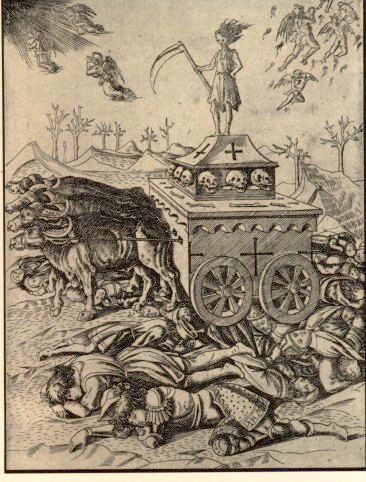

In 1564, a contagious disease characterized by swelling of lymph nodes, fever, and delirium was known as the Bubonic plague. The plague killed more than one seventh of the Stratford population. The disease was carried by a black house rat, the plague came from the bite of the rat-flea. The process of the plague starts out from the sucking of blood from the rat until the stomach is filled with a solid mass of bacterium, which blocks the flea and turns it desperate for food, especially in mankind. The rat then bites a human and starts the spreading of the deadly disease.
The word plague in Latin meant the blow or stroke that can be sent back to the hands of God. A good amount of the Stratford residents believed this to be true and turned to the Church of God for help. Unfortunately, the church could not help any less than prayers because the plague spread so quickly the people of the church was contracted with the disease and killed more than two hundred people. The Queen of London, Elizabeth, who was petrified by the deaths of her people, tried to stop the spread of the plague, but every time the weather changed to winter another plague rose up and created another devastating death increase.
The life span in Stratford was between the ages of thirty-four and thirty-five. Since the plague, the life span decreased leaving a new life span between the ages of fifteen to thirty-five. Between December 29, 1592 and December 20,1593, the total number of deaths accumulated to 10,775.
Return toElizabethan Weekly.